A Legacy of Innovation: Exploring the History and Spirit of Saab Cars
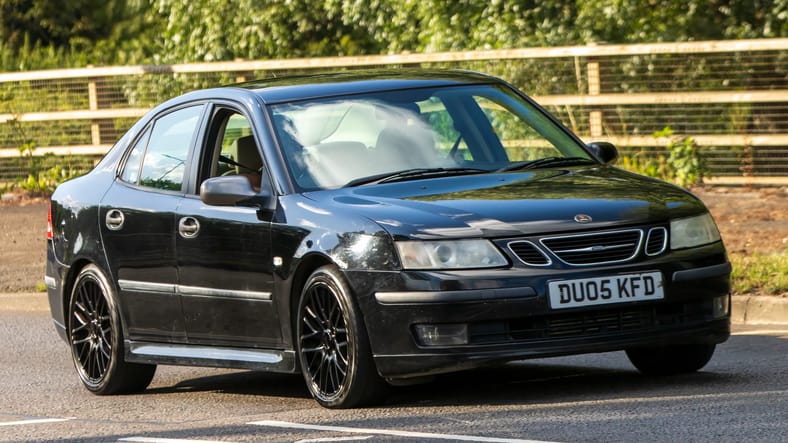
Saab, the iconic Swedish car manufacturer, boasts a rich history filled with innovation, quirky design, and a dedicated following. While the company no longer produces new cars, its legacy continues to inspire enthusiasts worldwide. This article delves into Saab's fascinating journey, exploring its origins, iconic models, and the unique spirit it embodied.
From Aircraft to Automobiles: The Birth of Saab
Saab's story begins in 1945, not on the road, but in the skies. Saab AB, a Swedish aerospace and defense company, embarked on a project to design a small, "people's car" to meet the growing demand for affordable transportation in post-war Sweden. The result was the Saab 92, launched in 1949. This two-cylinder, two-stroke car with a distinctive, almost airplane-like, design was the foundation for Saab's future.
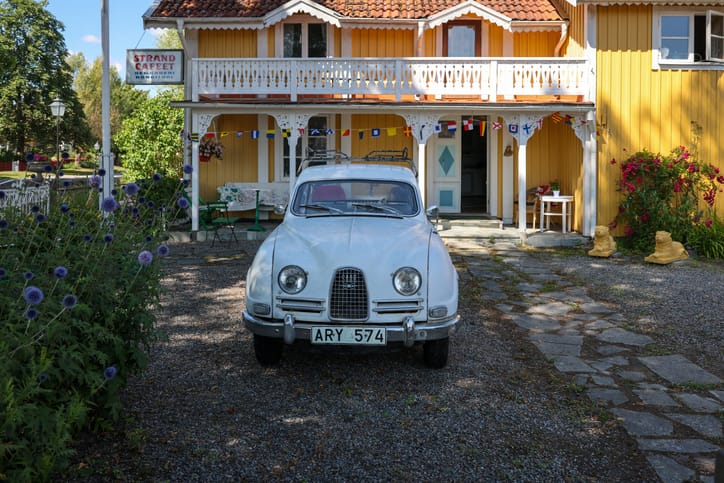
Unique Design and Engineering Innovations
Saab carved its niche by prioritizing safety, practicality, and a distinct design philosophy. Their cars were known for their innovative features, such as the wrap-around windshield for improved visibility, heated seats for harsh Scandinavian winters, and the first-ever turbocharged production car engine in the 1978 Saab 99 Turbo.
Some of Saab's most iconic models include:
- Saab 92/93/95/96: These early models established Saab's reputation for durability and functionality.
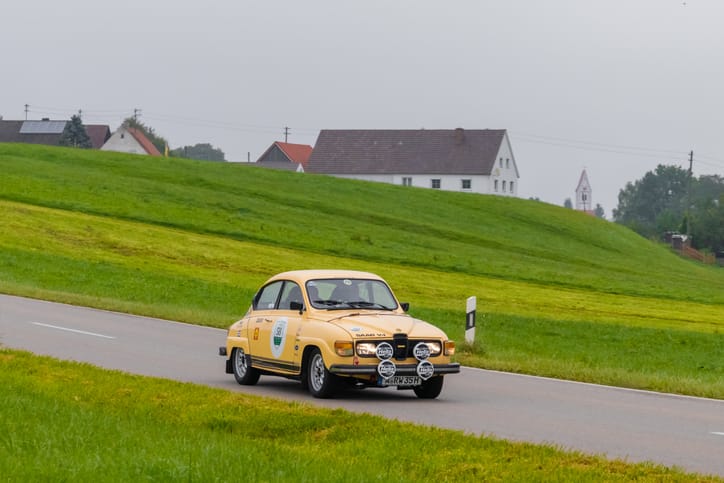
- Saab 900: Launched in 1978, the 900 was a stylish and sporty four-door sedan that solidified Saab's presence in the global market.
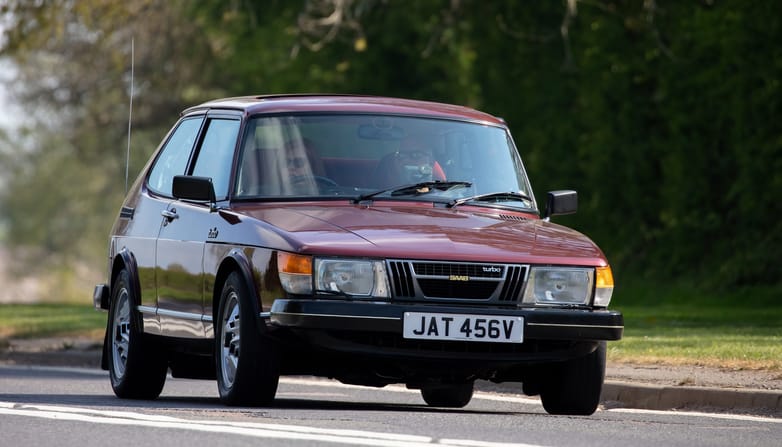
- Saab 9000: Debuting in 1984, the 9000 marked a shift towards larger, more luxurious vehicles while retaining Saab's core values of safety and innovation.
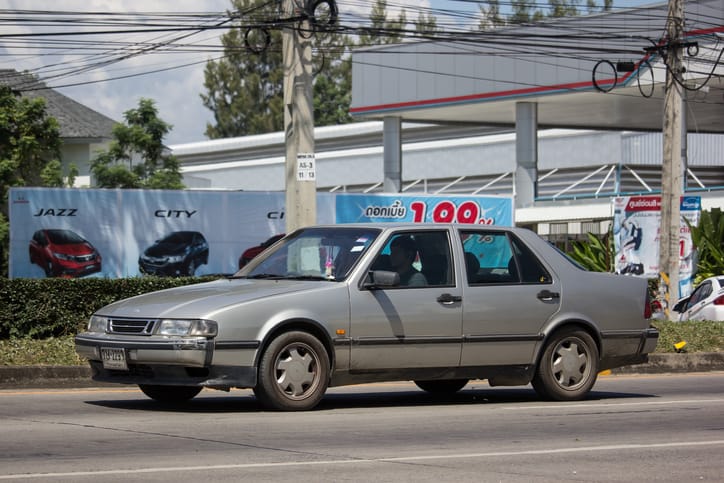
- Saab 9-3/9-5: These models, launched in the late 1990s and early 2000s, continued Saab's tradition of blending practicality with a touch of quirkiness.
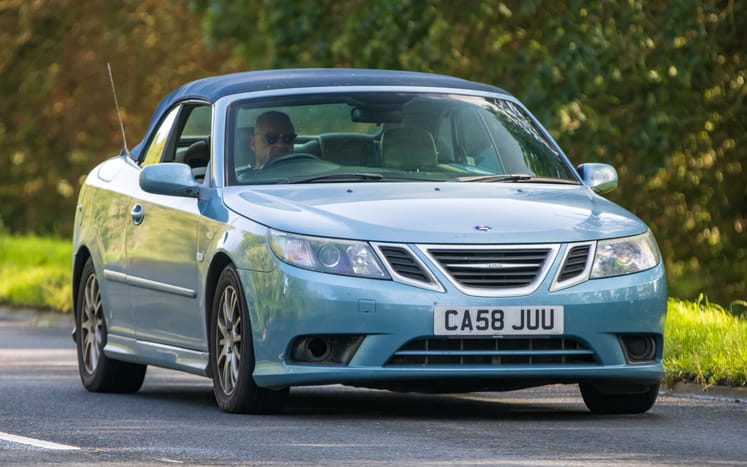
Beyond Functionality: The "Saab Spirit"
Saab cars weren't just about transportation; they embodied a distinct spirit. Saab owners often described a sense of community and shared values, appreciating the brand's focus on individuality, safety, and responsible engineering. This "Saab spirit" transcended car ownership, fostering a sense of loyalty and pride among enthusiasts.
Challenges and the End of an Era
Despite its unique offerings, Saab faced several challenges throughout its history. Ownership changes, economic downturns, and fierce competition from established carmakers impacted the company's stability. After filing for bankruptcy in 2011, Saab eventually ceased production in 2016, marking the end of an era.
The Legacy Lives On
Although no longer producing new cars, Saab's legacy continues to resonate with enthusiasts worldwide. Dedicated communities keep Saab cars running through maintenance, restoration, and parts sharing. Additionally, the "Saab spirit" of innovation, safety, and individuality continues to inspire designers and car lovers alike.
Looking Forward: A Future for Saab?
While the future of Saab cars remains uncertain, there have been glimpses of potential comebacks. In 2010, NEVS (National Electric Vehicle Sweden) acquired a portion of Saab's assets and intellectual property. NEVS has since unveiled electric car concepts that pay homage to Saab's design heritage, hinting at a potential return of the brand in the electric vehicle era.
Conclusion
Saab's story is one of innovation, resilience, and a passionate following. While the company no longer produces new cars, its legacy continues to inspire and captivate those who appreciate its unique blend of functionality, quirkiness, and safety-focused design. Whether on the road or in the hearts of enthusiasts, the "Saab spirit" undoubtedly lives on.
